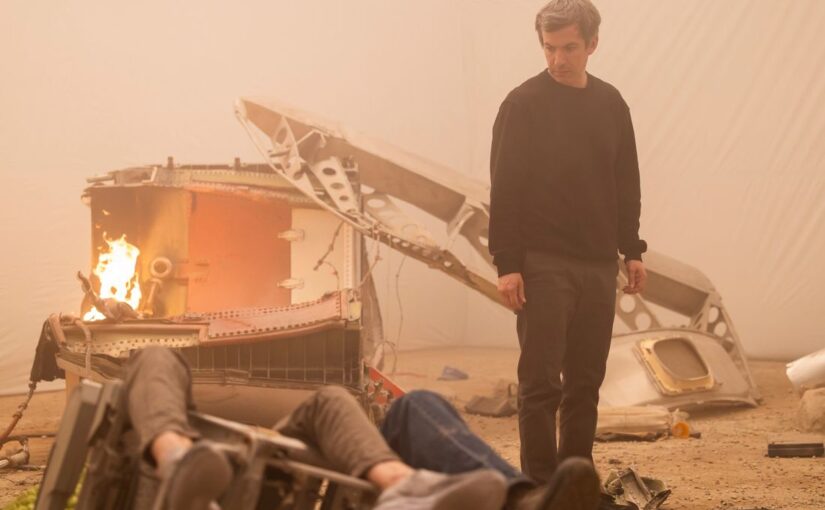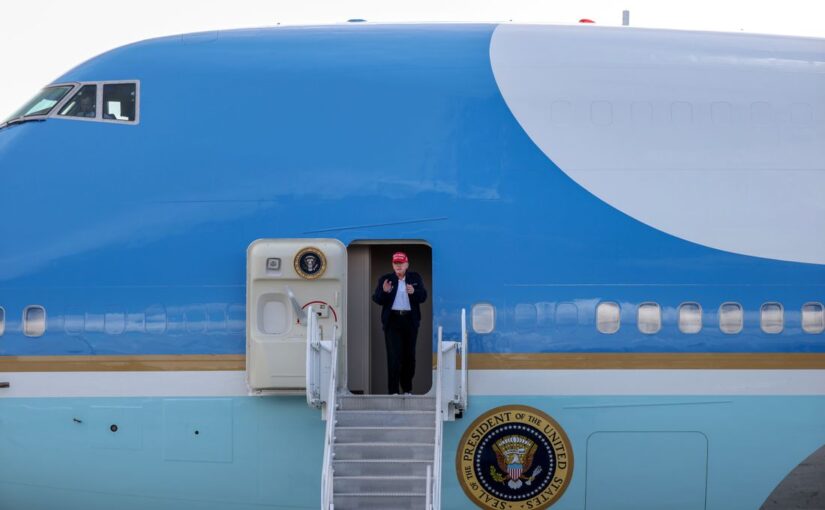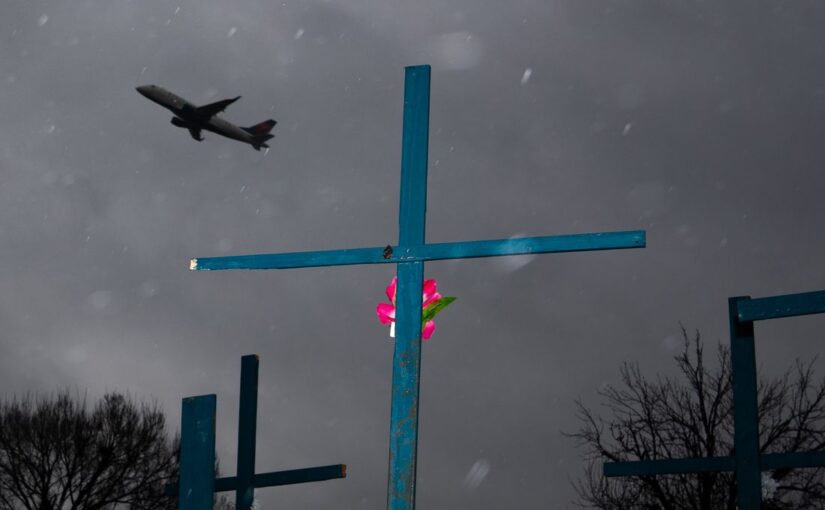As an aviation journalist, I was skeptical of The Rehearsal. Then I talked to experts.
This article originally ran in New York magazine on May 19, 2025.
The early moments of the season-two premiere of The Rehearsal are not the stuff of conventional comedy. The episode, titled “Gotta Have Fun,”opens on a captain and first officer in the cockpit of a commercial jet as they prepare to land at a socked-in airport. The mood is tense. An instrument is malfunctioning. Terse words are exchanged. Alarms go off. A mechanical voice calls out: “Too low! Terrain!” Farm fields appear out of the fog. Noise and tumult. Flames leap and roar. The men lie slumped in the cockpit, dead.
Well, not really dead, because the scene is taking place in a simulator. The pilots are actors, pretending. The camera pans to Nathan Fielder, the show’s creator and star, as he glumly stands outside the cockpit in a soundstage.
Again, it’s not the stuff of conventional comedy, but Fielder is not a conventional comedian. In his breakout series Nathan for You, which ran for four seasons on Comedy Central, and season one of The Rehearsal on HBO, Fielder specialized in tackling real-world problems in the most obtuse and elaborate ways possible, with the extravagance of the solution often dwarfing the scale of the problem. In season one of The Rehearsal, he built a complete replica of Brooklyn’s Alligator Lounge, accurate down to the order of the spices in a tabletop spice rack, in order to help a trivia-night participant come clean about his educational status to a teammate. The humor, if you get it — not everyone does — springs from Fielder’s near-pathological level of commitment to increasingly absurd bits. But this time around, the stakes are not small. As a journalist who writes often about aviation safety, I’m acutely aware of just how real and widespread deadly air crashes are. What if, for once, the extravagance of Fielder’s solutions matched the scale of the problem?
Continue reading Can Nathan Fielder Save You From Dying in a Plane Crash?








